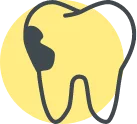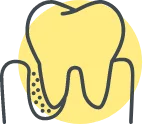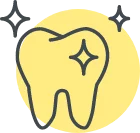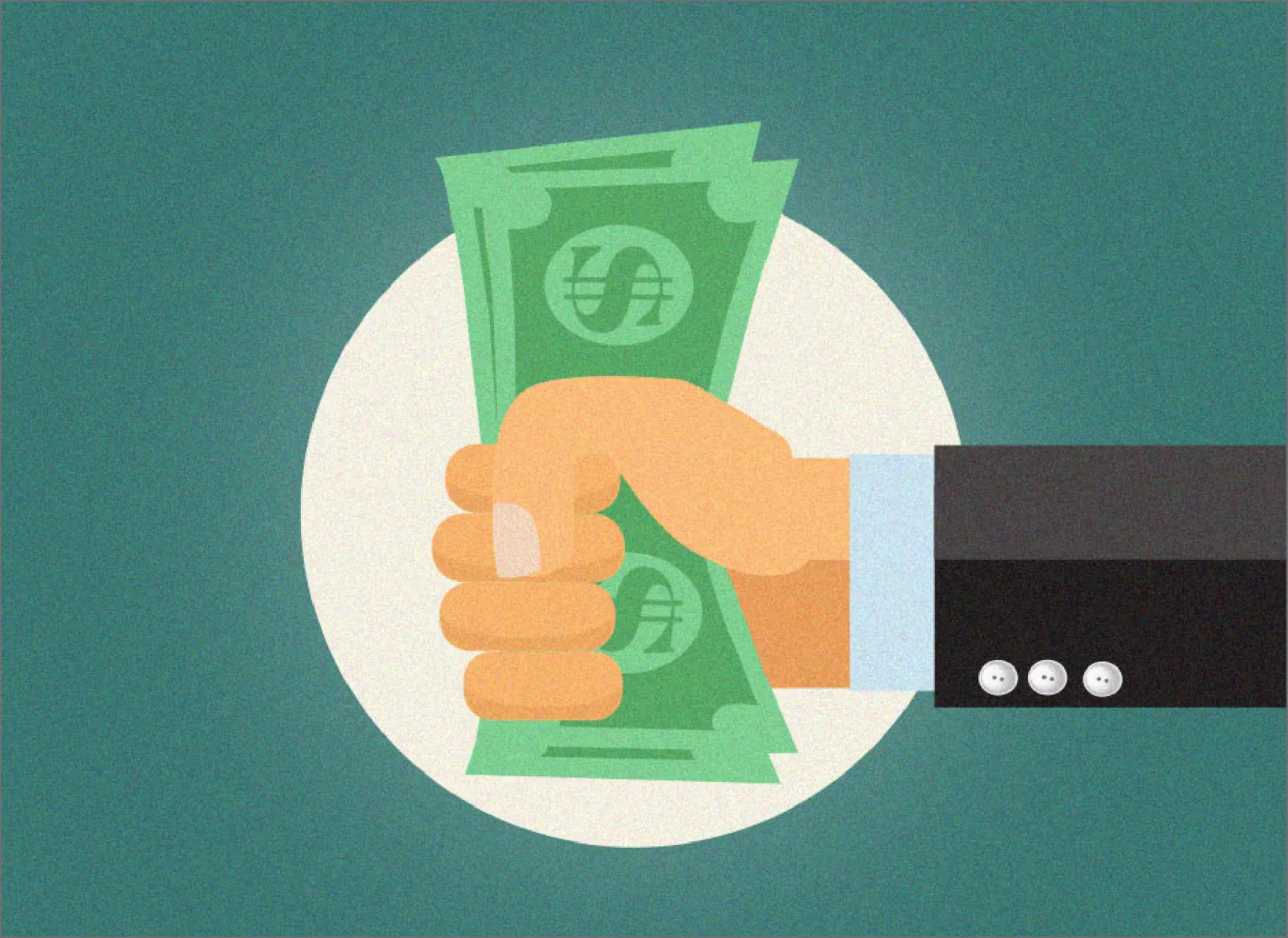While regular brushing and flossing are essential for good oral health, they may not be enough on their own.
- OVERVIEW
- ROUTINE CLEANING
- DENTAL HYGIENE
- CANCER SCREENINGS
- X-RAYS/IMAGING
- DENTURES
- TELEDENTISTRY
- DENTAL SEALANTS
- FLUORIDE TREATMENT
- FILLINGS
- SEDATION DENTISTRY
- DENTAL CROWNS
- BRIDGES
OVERVIEW
ROUTINE CLEANING
DENTAL HYGIENE
CANCER SCREENINGS
X-RAYS/IMAGING
DENTURES
TELEDENTISTRY
DENTAL SEALANTS
FLUORIDE TREATMENT
FILLINGS
SEDATION DENTISTRY
DENTAL CROWNS
BRIDGES
The Benefits of Routine Dental Cleanings
Regular dental cleaning counts for more. By getting your teeth cleaned and checked twice a year, you reduce the risk of potential diseases and keep your smile healthier. It’s a win-win.

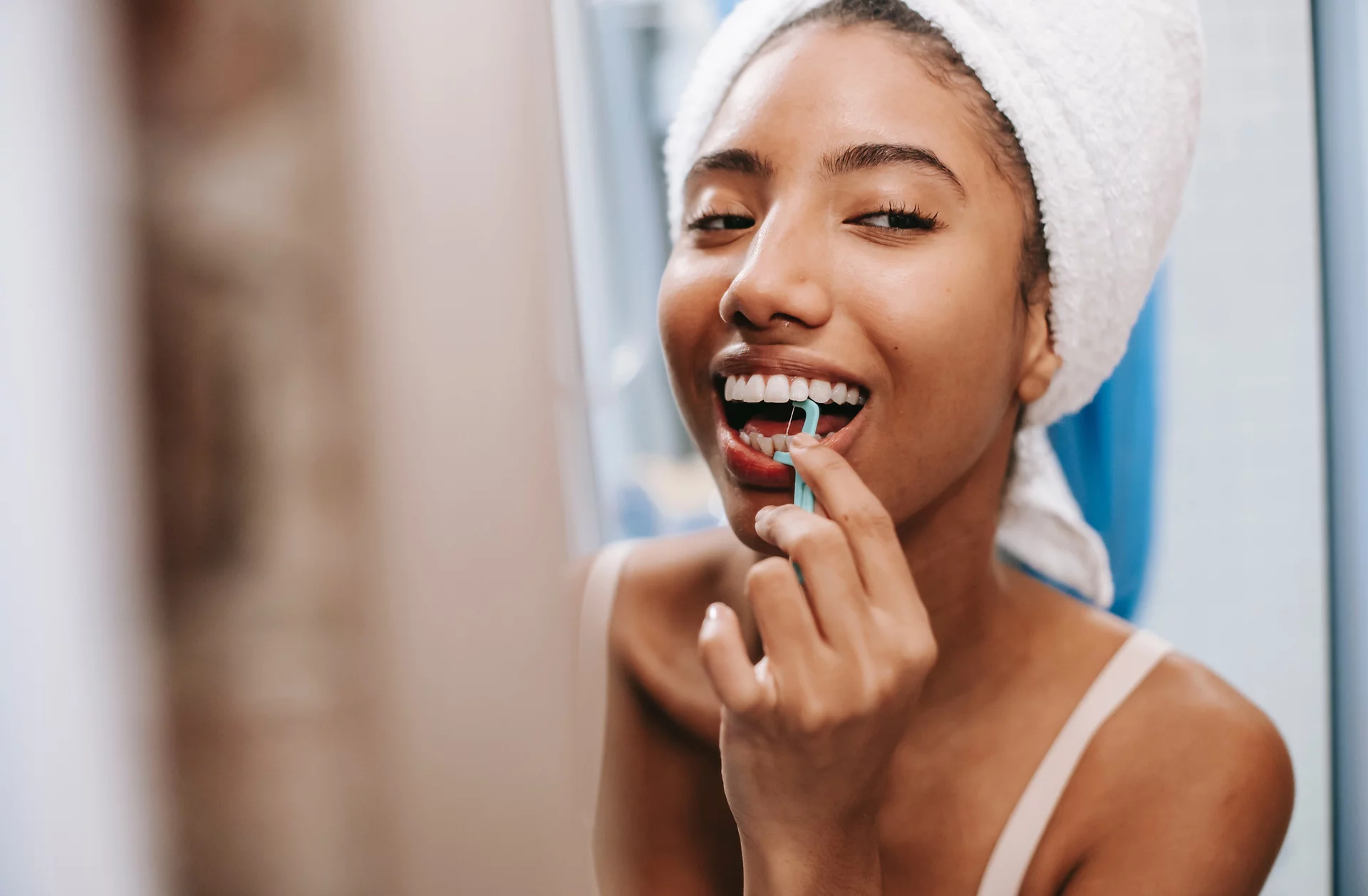
Book an Appointment Today
Get the peace of mind that comes with having regular dental cleanings from a dentist you trust.
Got questions?
If you have questions about dental cleaning, we saved you the trouble and provided answers to commonly asked questions. Find your answers just a click away.



